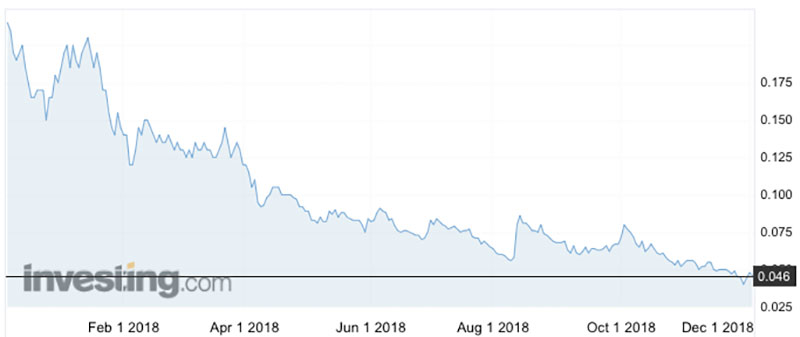HPA hopeful Pure Alumina is thinking about buying a Canadian producer
Mining
Mining
Explorer Pure Alumina is contemplating buying private Canadian high purity alumina (HPA) producer Polar Sapphire, a company it says makes some of the lowest cost HPA going around.
Pure Alumina (ASX:PUA) – formerly called Hill End Gold – told investors that both companies were working towards “agreeing to formal terms of a potential transaction” by January 31 next year.
The pure Alumina share price — which has traded between 4c and 23c over the past year — was steady at about 4.6c on the news.
HPA is used as a base material for making lithium ion battery components, LED lights, smart phone screens, and surgical tools.
Polar is already producing HPA at its Toronto pilot plant – a smaller version of the real thing – and generating cashflow in the process.
More importantly, Polar’s patented process gives it one of the lowest production costs in the world for higher purity 5N (99.999 per cent) HPA, which commands a higher price from buyers.
Polar’s ‘modular style’ plant means the company can expand easily by installing additional modules, which keeps capital costs extremely low, Pure Alumina director David Leavy told Stockhead.
“[This] would enable us to get into production a lot faster with significantly lower [start-up] capital expenditure,” Mr Leavy said.
“Production for the first stage, starting off with 1,000 tonnes a year, can be up and running within 12 months.
“Then you can add further lines of 1,000t each to increase production as you go.
“That will come out of cash flow and debt, so there’s a good chance we won’t have to go back to shareholders.”
Pure Alumina is already undergoing a definitive feasibility study on the 8000 tonnes per annum Yendon HPA project, which it wants to complete by the end of next year.

The HPA market is very strong
HPA demand is forecast to quadruple to about 100,000 tonnes a year by 2030.
Leading commodity forecaster CRU expects continued strong industry growth from HPA’s traditional markets, as well as the positive impact on lithium-ion batteries from the global uptake in electric vehicles.
“One Chinese battery separator manufacturer was currently using three tonnes of HPA a day, which was going to increase to 45 tonnes per day – or 16,000 tonnes a year,” Mr McFarlane told Stockhead in September.
Why it’s time to revisit these HPA stocks >>>